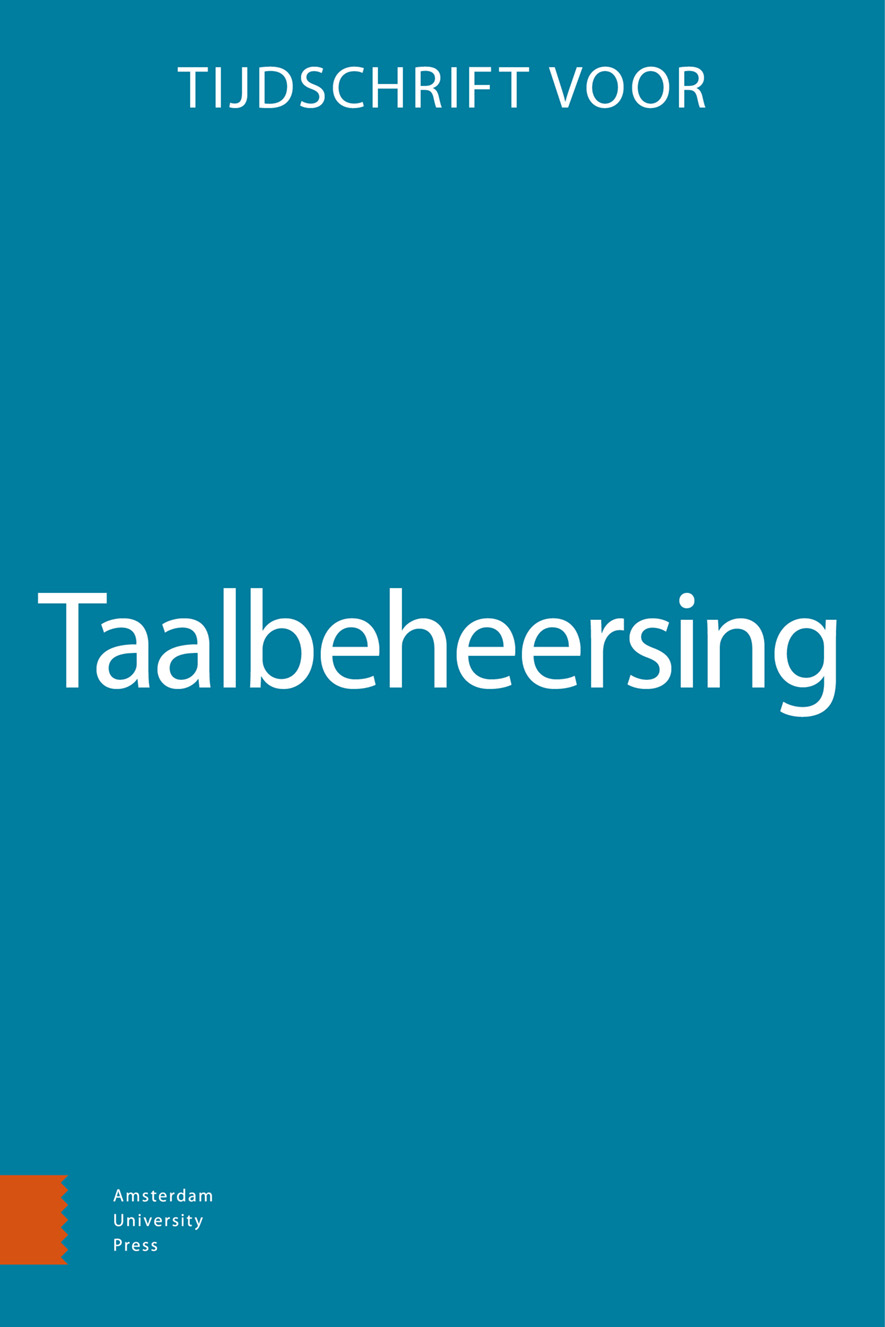-
oa De effecten van het werken met een toolbox op de kennis, self-efficacy en vaardigheden van leerlingen die alinea’s schrijven
- Amsterdam University Press
- Source: Tijdschrift voor Taalbeheersing, Volume 45, Issue 2/3, Dec 2023, p. 144 - 188
-
- 15 Dec 2023
Abstract
This study explores knowledge and self-efficacy beliefs about and skills of students from secondary education concerning writing paragraphs. Students in secondary school have to learn how to write coherent paragraphs because coherence within a text contributes to its comprehensibility. To this end four paragraph toolboxes for two genres (informative e-mails and persuasive texts) were developed, both for year-2 students (aged 13-14) and year-5 students (aged 16-17). The toolboxes are designed on the basis of four principles: pay attention to the norms for writing comprehensible paragraphs, start by presenting the genre-specific writing assignment as a whole task, have pupils complete a self-assessment in order to check the comprehensibility of the paragraphs, and work on part tasks. To explore knowledge, self-efficacy beliefs and skills of students, we conducted a questionnaire among 300 students and analysed more than 2100 of their paragraphs to find out if they comply with the paragraph norms. The research results indicate that there is no significant evidence that there exists a causal relation between the use of the developed paragraph toolboxes in education and the increase of knowledge, skills and self-efficacy beliefs. The paper discusses several possible reasons for his outcome.


